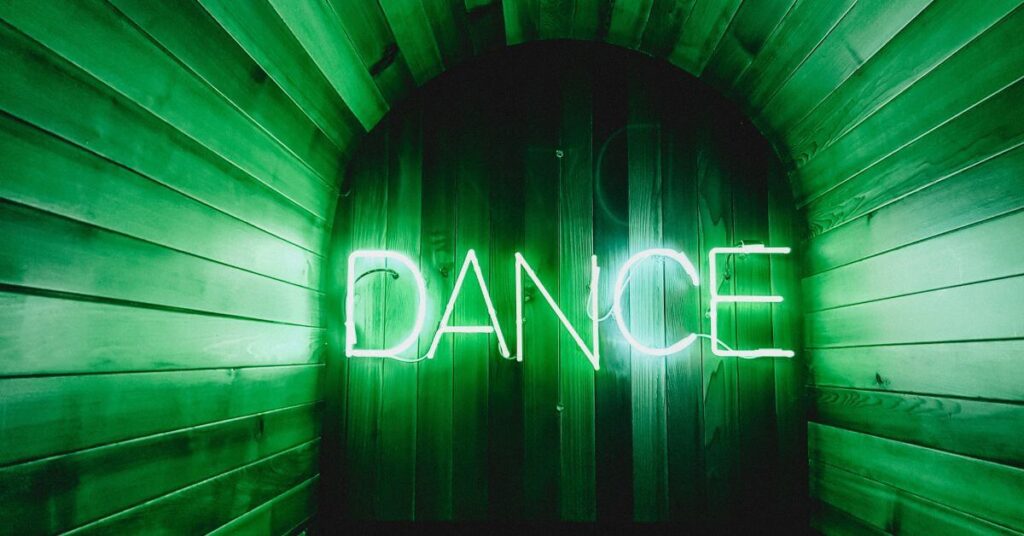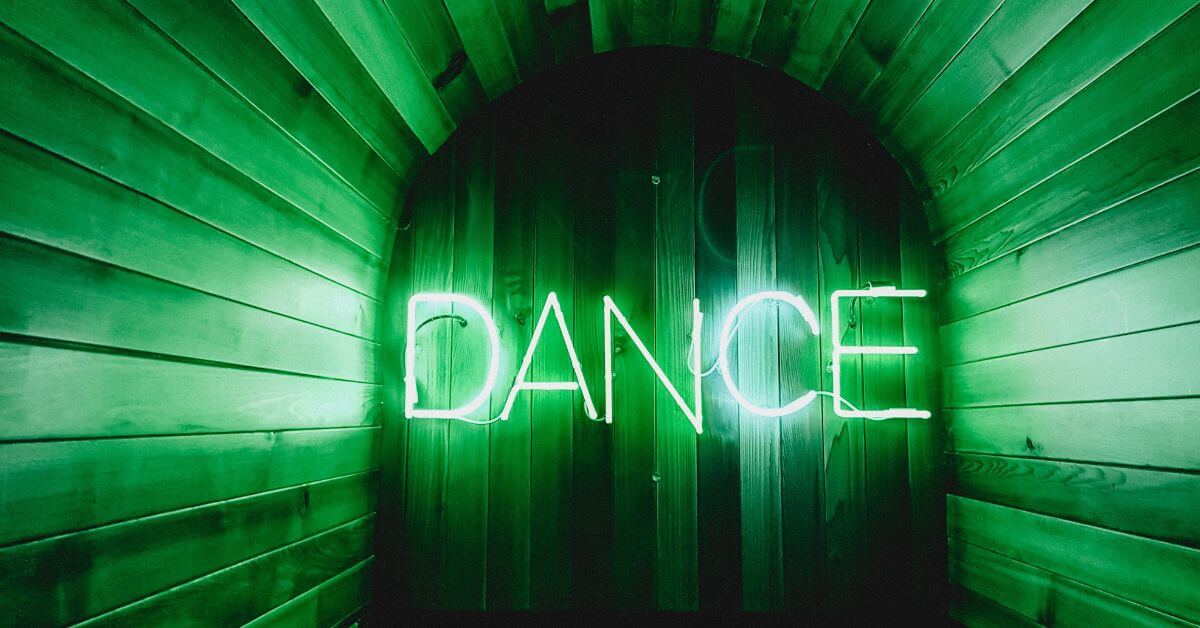
The Enduring Legacy: Exploring the Best Dance Music from the 90s
The 1990s were a transformative decade for music, and within that vibrant landscape, dance music from the 90s emerged as a dominant force. From the underground clubs of Chicago and Detroit to the global stage, dance music from the 90s shaped the soundscape of a generation, leaving an indelible mark on popular culture. This article delves into the key genres, artists, and tracks that defined this era, exploring the evolution and lasting impact of dance music from the 90s.
A Decade of Dance: Genre Evolution
The 90s witnessed an explosion of subgenres within the broader umbrella of dance music from the 90s. House music, already established in the 80s, continued to evolve, branching into styles like progressive house, deep house, and tribal house. Techno, originating in Detroit, gained international recognition, with its minimalist and futuristic sounds captivating audiences worldwide. Trance music, characterized by its euphoric melodies and driving rhythms, also rose to prominence, offering a more uplifting and atmospheric alternative to the harder sounds of techno. The decade also saw the rise of genres like drum and bass, jungle, and hardcore, pushing the boundaries of electronic music with their breakbeat-driven energy.
- House Music: Characterized by its four-on-the-floor beat and soulful vocals, house music remained a staple of the club scene.
- Techno: Known for its repetitive rhythms, minimalist arrangements, and futuristic soundscapes.
- Trance: Distinguished by its melodic hooks, soaring synths, and euphoric atmosphere.
- Drum and Bass: Defined by its fast-paced breakbeats and heavy basslines.
Iconic Artists and Their Anthem Tracks
The 90s were also defined by the artists who pushed the boundaries of dance music from the 90s and created timeless anthems. Artists like The Prodigy, with their groundbreaking blend of techno, rave, and punk rock, brought dance music from the 90s to a wider audience. Daft Punk, with their futuristic sound and iconic image, became synonymous with French house music. Moby, with his eclectic blend of electronic music and samples, achieved mainstream success with his album ‘Play.’ These artists, along with countless others, shaped the sound of the decade and continue to influence contemporary dance music from the 90s.
Key Artists of the Era:
- The Prodigy: Known for their aggressive and energetic live performances and hits like “Firestarter” and “Breathe.”
- Daft Punk: Pioneers of French house, known for their robotic personas and iconic tracks like “Around the World” and “One More Time.”
- Moby: Achieved mainstream success with his album ‘Play,’ which blended electronic music with blues and gospel samples.
- Chemical Brothers: Known for their big beat sound and energetic live shows, with hits like “Block Rockin’ Beats” and “Hey Boy Hey Girl.”
- Fatboy Slim: A master of sample-based music, known for his infectious grooves and hits like “Right Here, Right Now” and “Praise You.”
Essential Tracks of the 90s Dance Scene:
- “Voodoo People” – The Prodigy
- “Around the World” – Daft Punk
- “Go” – Moby
- “Born Slippy .NUXX” – Underworld
- “Insomnia” – Faithless
- “Rhythm Is a Dancer” – Snap!
- “What Is Love” – Haddaway
- “Show Me Love” – Robin S
- “Children” – Robert Miles
- “Better Off Alone” – Alice Deejay
The Global Reach and Cultural Impact
Dance music from the 90s transcended geographical boundaries, becoming a global phenomenon. From the warehouse parties of the UK to the beach raves of Ibiza, dance music from the 90s brought people together from all walks of life. The music also influenced fashion, art, and popular culture, shaping the aesthetic of a generation. The rise of rave culture, with its emphasis on unity, peace, love, and respect, created a sense of community and belonging for many young people. [See also: The History of Rave Culture].
The impact of dance music from the 90s is still felt today. Many of the genres and artists that emerged during this decade continue to influence contemporary music. The legacy of dance music from the 90s can be heard in everything from pop music to film scores. The DIY ethos and spirit of innovation that characterized the dance music from the 90s scene continue to inspire artists and producers around the world.
The Technology Behind the Sound
The 90s saw significant advancements in music technology, which played a crucial role in the development of dance music from the 90s. Affordable synthesizers, samplers, and drum machines became more accessible, allowing artists to experiment with new sounds and techniques. The rise of digital audio workstations (DAWs) like Cubase and Logic Pro revolutionized the production process, enabling artists to create complex and layered tracks from their bedrooms. The internet also began to play a role, allowing artists to share their music with a global audience and connect with other producers and fans.
The Evolution of Club Culture
The 90s were a golden age for club culture, with legendary venues like Ministry of Sound in London, Twilo in New York City, and Space in Ibiza becoming epicenters of the dance music from the 90s scene. These clubs provided a platform for DJs and producers to showcase their music and connect with audiences. The rise of superstar DJs like Paul Oakenfold, Sasha, and John Digweed helped to elevate the status of DJs from anonymous figures behind the decks to celebrated artists in their own right. [See also: The Rise of the Superstar DJ].
The Influence on Modern Music
The influence of dance music from the 90s can be heard in contemporary music across various genres. Many of today’s top producers and DJs cite dance music from the 90s as a major influence on their work. The sounds, techniques, and aesthetics of dance music from the 90s continue to be sampled, remixed, and reinterpreted by a new generation of artists. The enduring popularity of dance music from the 90s is a testament to its timeless appeal and lasting impact.
Looking Back and Moving Forward
Dance music from the 90s was a pivotal moment in the history of electronic music. It was a time of experimentation, innovation, and boundless creativity. The genres, artists, and tracks that emerged during this decade continue to inspire and influence musicians and fans around the world. As we look back on the 90s, it’s clear that dance music from the 90s left an indelible mark on popular culture, shaping the soundscape of a generation and paving the way for the future of electronic music. The energy and innovation of the era deserve continued celebration.
The Undeniable Energy of 90s Dance
Ultimately, the best dance music from the 90s was defined by its raw energy and unwavering commitment to getting people moving. It was music born from a desire to escape, to connect, and to celebrate life. This spirit is what continues to resonate with audiences today, ensuring that the legacy of dance music from the 90s will endure for generations to come. From the underground clubs to the mainstream charts, the sound of the 90s remains a vibrant and essential part of music history.
